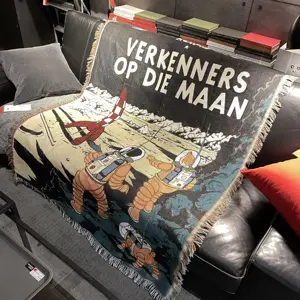
All categories
Featured selections
Trade Assurance
Buyer Central
Help Center
Get the app
Become a supplier













Thật tuyệt. trải giường chenille có rất nhiều kiểu dáng và giá cả tuyệt đẹp tại Alibaba.com. Duyệt qua nghệ thuật etheric được trưng bày dưới dạng nhiều loại khác nhau. trải giường chenille từ người bán quốc tế. Nhận huy hiệu được cá nhân hóa để phản ánh tính cách của bạn. Sử dụng những. trải giường chenille làm phụ kiện thời trang, nâng cao địa vị xã hội của bạn và tạo sự khác biệt cho bản thân.
Hãy xem giao diện của những thứ này. trải giường chenille ở kích thước lớn để bạn có thể xác định tính thẩm mỹ của sản phẩm. Nếu bạn muốn thể hiện mình trong âm nhạc, bạn có thể mua những vật phẩm này đại diện cho ban nhạc yêu thích của bạn. Chọn. trải giường chenille với nhiều kích cỡ và màu sắc khác nhau và mang lại sự đa dạng cho trang phục thường ngày của bạn. Duyệt qua danh mục trực tuyến tại Alibaba.com, nơi bạn có thể xem chi tiết của mình. trải giường chenille ngoài giao diện chính.
Chọn yêu cầu ngân sách chính xác của bạn từ phạm vi. Các tùy chọn trải giường chenille có sẵn tại Alibaba.com. Người bán quốc tế có thể tận dụng sự đa dạng và giá chiết khấu để gắn kết. nhà cung cấp trải giường chenille tại đây. Những sản phẩm này có thể mang lại giá trị hoàn hảo cho đồng tiền của bạn với chất lượng đáng kinh ngạc và các tùy chọn tùy chỉnh.